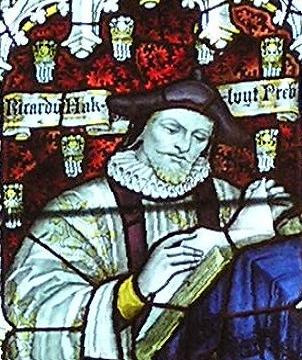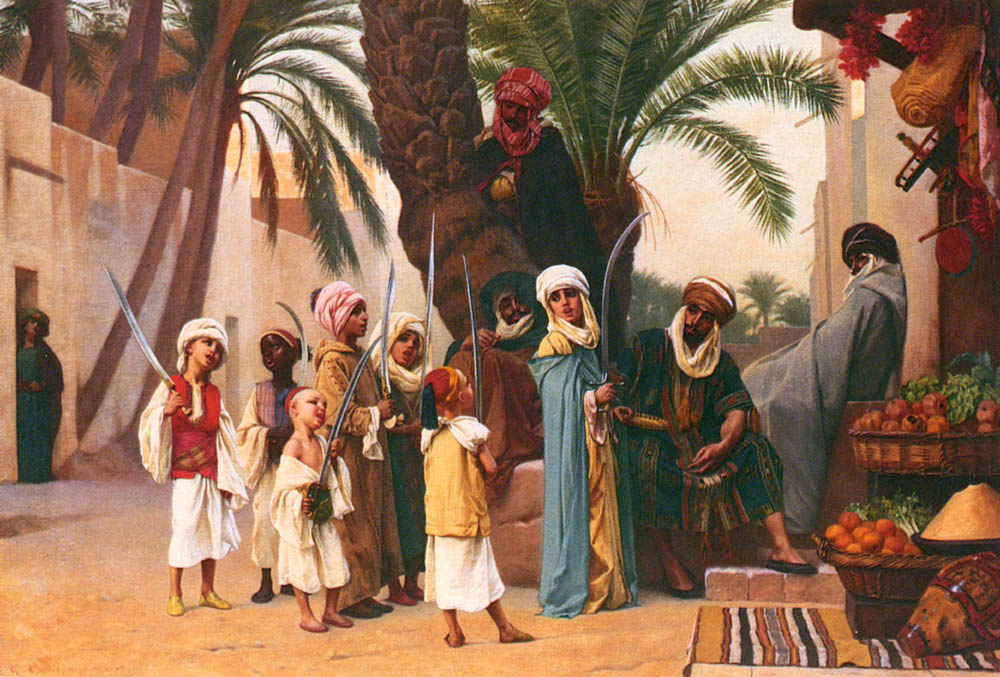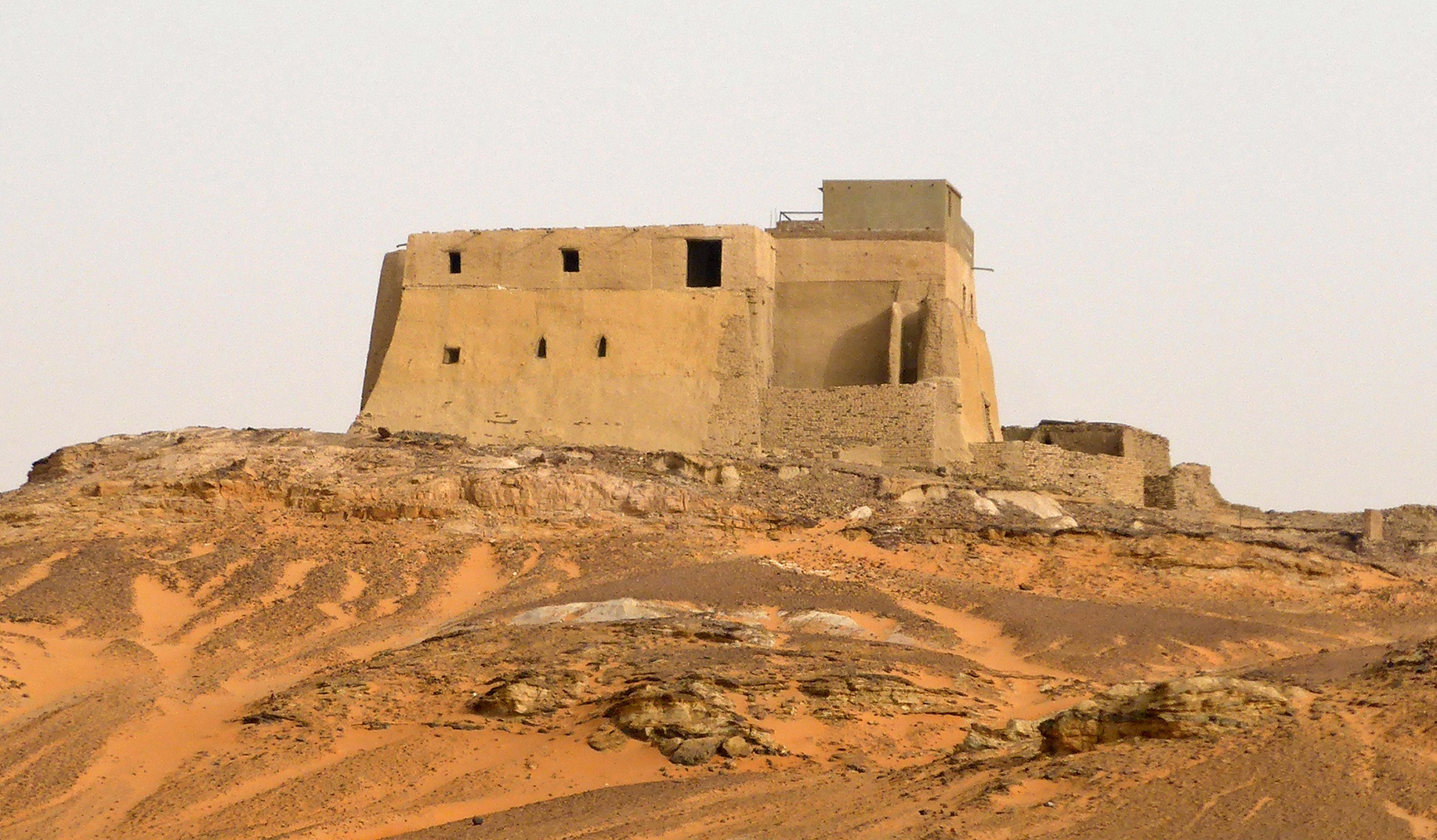|
Old Dongola
Old Dongola (Old Nubian: ⲧⲩⲛⲅⲩⲗ, ''Tungul''; ar, دنقلا العجوز, ''Dunqulā al-ʿAjūz'') is a deserted town in what is now Northern State, Sudan, located on the east bank of the Nile opposite the Wadi Howar. An important city in medieval Nubia, and the departure point for caravans west to Darfur and Kordofan, from the fourth to the fourteenth century Old Dongola was the capital of the Makurian state. A Polish archaeological team has been excavating the town since 1964. The urban center of the population moved downstream 80 km (50 miles) to the opposite side of the Nile during the nineteenth century, becoming the modern Dongola. History Foundation and heyday The archaeological site encompassing Old Dongola has about 200 ha. Its southern part features a citadel and urban buildings, while in the north, splendid suburban residences have been uncovered. There are also cemeteries associated with subsequent phases of the town's functioning, including I ... [...More Info...] [...Related Items...] OR: [Wikipedia] [Google] [Baidu] |
Dongola
Dongola ( ar, دنقلا, Dunqulā), also spelled ''Dunqulah'', is the capital of the state of Northern Sudan, on the banks of the Nile, and a former Latin Catholic bishopric (14th century). It should not be confused with Old Dongola, an ancient city located 80 km upstream on the opposite bank. Etymology The word Dongola comes from the Nubian word "Doñqal" which means red brick, as most buildings were made of bricks, thus provoking one of ancient Nubia's biggest industries. A more modern use of the word is to describe a strong and hard bulwark, that being so Dongola is often called "the Resident of a large Nile castle". History Dongola was a province of Upper Nubia on both sides of the Nile, and the city was a centre for Nubian civilization, as manifested by its many archaeological remains from the Makurian and Islamic periods. Dongolawis originate from early indigenous Nubian Sub Saharan African inhabitants with many taking pride in their mostly non-mixed ancestry; ... [...More Info...] [...Related Items...] OR: [Wikipedia] [Google] [Baidu] |
Northern State, Sudan
Northern ( ') is one of the 18 States of Sudan, wilayat or states of Sudan. It has an area of 348,765 km² and an estimated population of 833,743 (2006). Northern Sudan was in ancient times Nubia. Jebel Uweinat is a mountain range in the area of the Egyptian-Libyan-Sudanese border. Localities *Dongola (Capital) *Merowe, Sudan, Merowe *Wadi Halfa *Al Dabbah, Sudan, Al Dabbah *Delgo, Sudan, Delgo *Al Goled *Al Burgaig References States of Sudan Northern (state), {{Sudan-geo-stub ... [...More Info...] [...Related Items...] OR: [Wikipedia] [Google] [Baidu] |
Cruciform
Cruciform is a term for physical manifestations resembling a common cross or Christian cross. The label can be extended to architectural shapes, biology, art, and design. Cruciform architectural plan Christian churches are commonly described as having a cruciform architecture. In Early Christian, Byzantine and other Eastern Orthodox forms of church architecture this is likely to mean a tetraconch plan, a Greek cross, with arms of equal length or, later, a cross-in-square plan. In the Western churches, a cruciform architecture usually, though not exclusively, means a church built with the layout developed in Gothic architecture. This layout comprises the following: *An east end, containing an altar and often with an elaborate, decorated window, through which light will shine in the early part of the day. *A west end, which sometimes contains a baptismal font, being a large decorated bowl, in which water can be firstly, blessed (dedicated to the use and purposes of God) and ... [...More Info...] [...Related Items...] OR: [Wikipedia] [Google] [Baidu] |
Kazimierz Michałowski
Kazimierz Józef Marian Michałowski (born December 14, 1901 in Tarnopol – January 1, 1981 in Warsaw) was a Polish archaeologist and Egyptologist, art historian, member of the Polish Academy of Sciences, professor ordinarius of the University of Warsaw as well as the founder of the Polish school of Mediterranean archaeology and a precursor of Nubiology. Biography Early life and the beginning of scientific career Kazimierz Michałowski graduated from a gymnasium in Tarnopol and then studied classical archaeology and art history at the Philosophy Department of the Jan Kazimierz University in Lwów; he also attended philosophy lectures by Professor Kazimierz Twardowski. He broadened his knowledge at universities in Berlin, Heidelberg, Paris, Rome and Athens. As a young scientist he took part in excavations managed by École Française d`Athènes in Delphi, Thasos and Delos. In 1926 he defended his doctoral thesis devoted to Niobids in Greek art, which he prepared at the ... [...More Info...] [...Related Items...] OR: [Wikipedia] [Google] [Baidu] |
Qubba
A ''qubba'' ( ar, قُبَّة, translit=qubba(t), pl. ''qubāb''), also transliterated as ḳubba, kubbet and koubba, is a cupola or domed structure, typically a tomb or shrine in Islamic architecture. In many regions, such as North Africa, the term ''qubba'' commonly the tomb of a local ''wali'' (local Muslim saint) or marabout, and usually consists of a chamber covered by a dome or pyramidal cupola. Etymology The Arabic word qubba was originally used to mean a tent of hides, or generally the assembly of a material such as cloth into a circle. It's likely that this original meaning was extended to denote domed buildings after the latter had developed in Islamic architecture. It is now also used generally for tomb sites if they are places of pilgrimage. In Turkish and Persian the word ''kümbet'', ''kumbad'', or ''gunbād'' has a similar meaning for dome or domed tomb. Historical development A well-known example of an Islamic domed shrine is the Dome of the Rock, known in ... [...More Info...] [...Related Items...] OR: [Wikipedia] [Google] [Baidu] |
Hakluyt Society
The Hakluyt Society is a text publication society, founded in 1846 and based in London, England, which publishes scholarly editions of primary records of historic voyages, travels and other geographical material. In addition to its publishing role, the Society organises and participates in meetings, symposia and conferences relating to the history of geographical exploration and cultural encounter. It is a registered charity and a non-profitmaking institution administered by a voluntary team of council members and officers. Membership is open to all with an interest in its aims. The Society is named after Richard Hakluyt (1552–1616), a collector and editor of narratives of voyages and travels and other documents relating to English interests overseas. Foundation The Society was created at a meeting convened in the London Library, St James's Square, on 15 December 1846. Under the chairmanship of the geologist Sir Roderick Murchison, it established an eight-man steering group ... [...More Info...] [...Related Items...] OR: [Wikipedia] [Google] [Baidu] |
Funj People
The Funj are an ethnic group in present-day Sudan. The Funj set up the Funj Sultanate with Abdallah Jamma and ruled the area for several centuries. The Funj rose in southern Nubia and had overthrown the remnants of the old Christian kingdom of Alodia. In 1504 a Funj leader named Amara Dunqas, founded the Black Sultanate at Sannar (the capital). The Black Sultanate soon became the keystone of the Funj Empire. The origins of the Funj are not clearly known. However, there are three different hypotheses regarding their origin. The Funj claimed to be descendants of Banu Umayya through those who escaped the slaughter of their family by the Abbasids and fled to Abyssinia and thence into the Nubian territory. Since the Ja'alin claimed descent from the Abbasids and the Abdallab from the Juhayna, the Funj may have claimed Umayyad descent to express their superiority to their subject peoples. James Bruce, in his book ''Travels to Discover the Source of the Nile'', theorized that the Funj d ... [...More Info...] [...Related Items...] OR: [Wikipedia] [Google] [Baidu] |
Old Dongola Graveyard (34829443985)
Old or OLD may refer to: Places *Old, Baranya, Hungary *Old, Northamptonshire, England *Old Street station, a railway and tube station in London (station code OLD) *OLD, IATA code for Old Town Municipal Airport and Seaplane Base, Old Town, Maine, United States People *Old (surname) Music *OLD (band), a grindcore/industrial metal group * ''Old'' (Danny Brown album), a 2013 album by Danny Brown * ''Old'' (Starflyer 59 album), a 2003 album by Starflyer 59 * "Old" (song), a 1995 song by Machine Head *''Old LP'', a 2019 album by That Dog Other uses * ''Old'' (film), a 2021 American thriller film *''Oxford Latin Dictionary'' *Online dating *Over-Locknut Distance (or Dimension), a measurement of a bicycle wheel and frame *Old age See also *List of people known as the Old * * *Olde, a list of people with the surname *Olds (other) Olds may refer to: People * The olds, a jocular and irreverent online nickname for older adults * Bert Olds (1891–1953), Australian rules ... [...More Info...] [...Related Items...] OR: [Wikipedia] [Google] [Baidu] |
Journal Of African History
''The Journal of African History'' (JAH) is a triannual peer-reviewed academic journal. It was established in 1960 and is published by Cambridge University Press. It was among the first specialist journals to be devoted to African history and archaeology and was founded by John Fage and Roland Oliver. As stated on the journal's website: The current editors are Professor Shane Doyle University of Leeds, UK', Professor Dan Magaziner Yale University, USA', Professor Marissa Moorman Indiana University Bloomington, USA', and Professor Moses Ochonu Vanderbilt University, USA'. Abstracting and indexing The journal is abstracted and indexed in: According to the official website, the journal has a 2015 impact factor The impact factor (IF) or journal impact factor (JIF) of an academic journal is a scientometric index calculated by Clarivate that reflects the yearly mean number of citations of articles published in the last two years in a given journal, as i ... of 0.857. Referen ... [...More Info...] [...Related Items...] OR: [Wikipedia] [Google] [Baidu] |
Sayf Al-Din Abdullah Barshambu
A scimitar ( or ) is a single-edged sword with a convex curved blade associated with Middle Eastern, South Asian, or North African cultures. A European term, ''scimitar'' does not refer to one specific sword type, but an assortment of different Eastern curved swords inspired by types introduced to the Middle East by Central Asian ghilmans. These swords include the Persian shamshir (the origin of the word scimitar), the Arab saif, the Indian talwar, the North African nimcha, and the Turkish kilij. All such swords are originally derived from earlier curved swords developed in Turkic Central Asia (Turkestan). Etymology The English term ''scimitar'' is attested from the mid-16th century and derives from either the Middle French ''cimeterre'' (15th century) or from the Italian ''scimitarra''. The ultimate source of these terms is corruptions of the Persian ''shamshir.'' ''Scimitar'' became used to describe all curved oriental blades, in contrast to the straight and double edge ... [...More Info...] [...Related Items...] OR: [Wikipedia] [Google] [Baidu] |
Mosque
A mosque (; from ar, مَسْجِد, masjid, ; literally "place of ritual prostration"), also called masjid, is a place of prayer for Muslims. Mosques are usually covered buildings, but can be any place where prayers ( sujud) are performed, including outdoor courtyards. The first mosques were simple places of prayer for Muslims, and may have been open spaces rather than buildings. In the first stage of Islamic architecture, 650-750 CE, early mosques comprised open and closed covered spaces enclosed by walls, often with minarets from which calls to prayer were issued. Mosque buildings typically contain an ornamental niche ('' mihrab'') set into the wall that indicates the direction of Mecca (''qiblah''), Wudu, ablution facilities. The pulpit (''minbar''), from which the Friday (jumu'ah) sermon (''khutba'') is delivered, was in earlier times characteristic of the central city mosque, but has since become common in smaller mosques. Mosques typically have Islam and gender se ... [...More Info...] [...Related Items...] OR: [Wikipedia] [Google] [Baidu] |
Throne Hall Of Dongola
The Throne Hall of Dongola, also known as the Mosque Building, is an archaeological site in Old Dongola, Sudan. It is a two-storey brick building situated on a rocky hill, overlooking the town and the Nile valley. It was originally built in the 9th century, serving as the richly adorned representative building of the Makurian kings. In 1317, during the period of Makurian decline, it was converted into a mosque, serving this purpose until it was closed and turned into a historic monument in 1969. Shortly afterwards Poland, Polish archaeologists from the Polish Centre of Mediterranean Archaeology University of Warsaw, Polish Centre of Mediterranean Archaeology of the University of Warsaw began to excavate the building. It has been described as possibly "the most important, symbolic edifice in the History of Sudan#Medieval Nubia (c. 350–1500), medieval history of Sudan". It is presently the oldest preserved mosque in Sudan. History Makurian Throne Hall (9th century–1317) From t ... [...More Info...] [...Related Items...] OR: [Wikipedia] [Google] [Baidu] |
.png)





